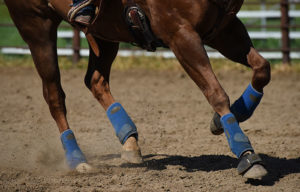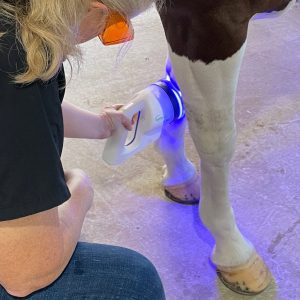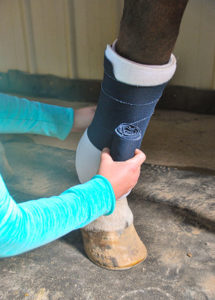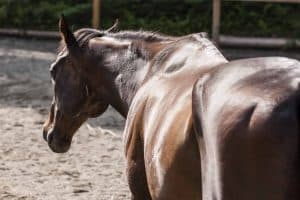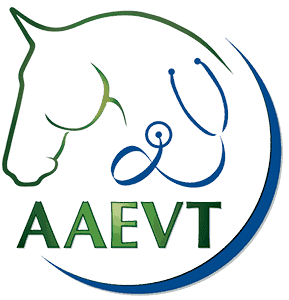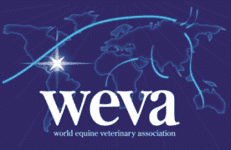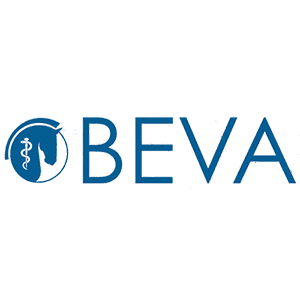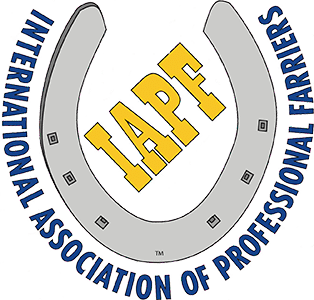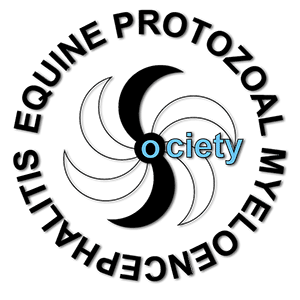Association Between Racehorse Purchase Price and Earnings
- Topics: Article, Thoroughbred Racing, Thoroughbreds
Thoroughbred racehorses have to run a pretty fast race to keep up with the money spent to get them to the track, according to a new study by Australian researchers. But it turns out that, at least up to a certain point, buyers are getting the value they’re paying for–although it’s still a great risk.
As Melissa Jackson, BSc (Hon), lecturer of Equine Studies at the University of Melbourne’s Faculty of Veterinary Science, has discovered, the more expensive racehorses are to buy as yearlings, the more likely they are to come close to earning back their purchase price and training expenses–so long as the purchase price stays under $100,000. But even then, she said, the chances of having a champion remain very low.
"Owners pay a premium to enter the sport of racing and an additional premium in the quest to own a champion horse," Jackson said, adding that this Australian trend is similar to that in the U.S. "This suggests that owners could be happy to pay the additional monies for the potential prestige associated with owning an expensive horse and then potentially owning a champion horse, or there may be a ‘lottery’ type effect: Owners are aware that they are taking a gamble, but the potential for future earnings from the small number that do well is great."
Jackson and her fellow researchers followed the early racing careers of 2,773 Australian racehorses sold at auction as yearlings in 2003 for a total price of AU$153.3 million (US$158.9 million). The team separated the horses into five purchase price categories: 1) under $10,000; 2) up to $20,000; 3) up to $50,000; 4) up to $100,000; and 5) greater than $100,000. They also estimated two years of training costs at a flat rate of $40,000
Create a free account with TheHorse.com to view this content.
TheHorse.com is home to thousands of free articles about horse health care. In order to access some of our exclusive free content, you must be signed into TheHorse.com.
Start your free account today!
Already have an account?
and continue reading.
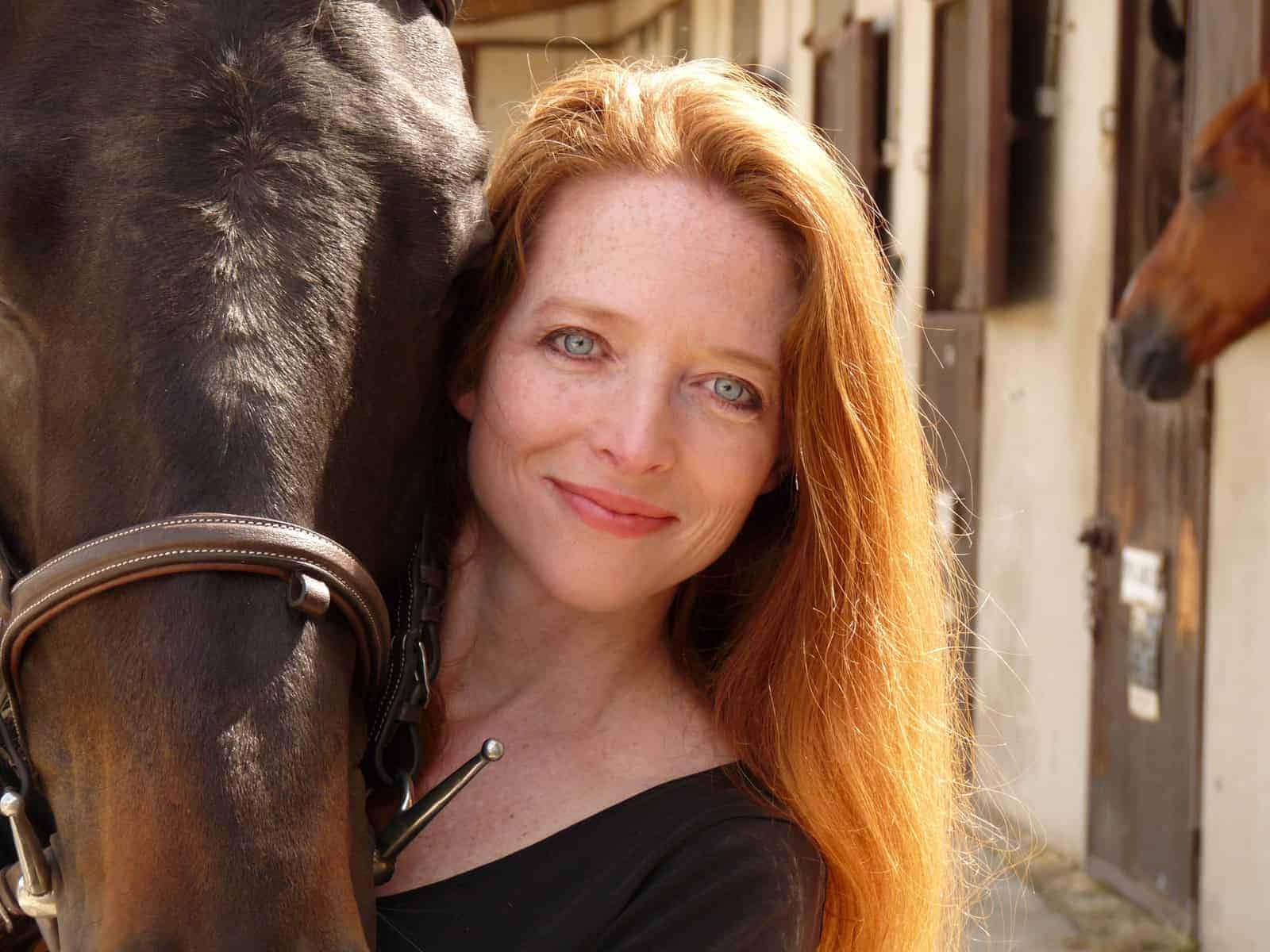
Written by:
Christa Lesté-Lasserre, MA
Related Articles
Stay on top of the most recent Horse Health news with





